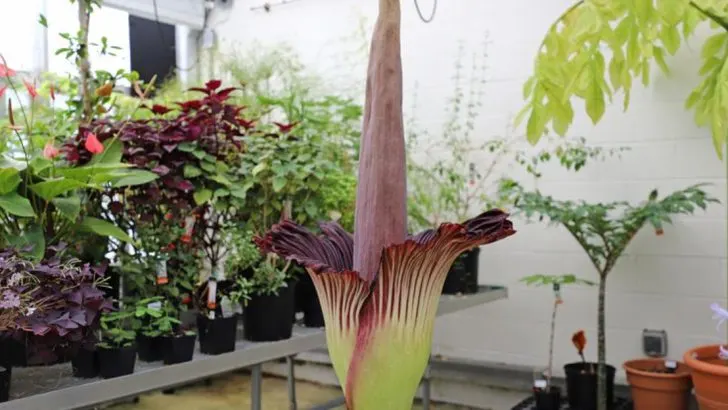The world of plants is full of surprising and delightful scents that can resemble everything from sweet candy to earthy spices. Some plants have evolved to emit unique fragrances that can be both intriguing and unexpected, making them stand out in any garden.
Whether it’s a flower that smells like chocolate or a herb that mimics the scent of freshly baked bread, these plants offer an olfactory adventure like no other. In this article, we explore 13 unique plants that smell like unexpected things, adding a touch of wonder to your garden and senses.
Corpse Flower

Known for emitting an odor reminiscent of rotting flesh, the Corpse Flower is a botanical marvel. Native to the rainforests of Sumatra, its scent is both mesmerizing and repelling, acting as a pollinator attractant. This rare bloom, which can reach heights of up to 10 feet, attracts a lot of attention from botanists and tourists alike. Its pungent smell is a brilliant evolutionary tactic to attract carrion beetles and flesh flies. While the scent is far from appealing, witnessing the bloom of this plant is a once-in-a-lifetime experience.
Chocolate Cosmos
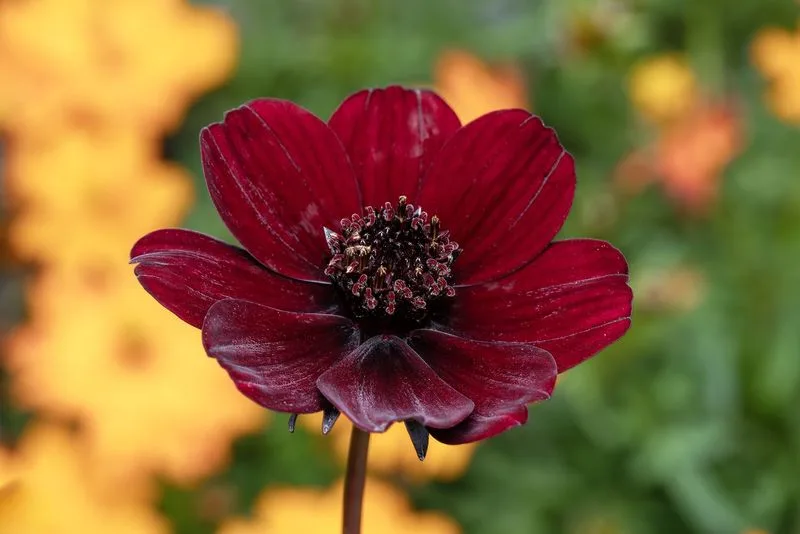
This delightful flower captivates with its sweet chocolate aroma, a feature that makes it a beloved addition to gardens. Chocolate Cosmos, native to Mexico, exhibits a captivating dark maroon hue that complements its enchanting scent. Its fragrance is most noticeable in the evenings when the air is cool and calm. Gardeners cherish it not only for its scent but also for its graceful appearance, adding a touch of elegance to any floral arrangement. While the scent is subtle, it leaves a lasting impression on anyone who encounters it.
Curry Plant

Despite its name, the Curry Plant doesn’t produce curry spice, but its leaves exude a scent strikingly similar to curry powder. This Mediterranean native thrives in sunny, well-drained soils and is often used in ornamental gardens. The aroma is strongest when the leaves are crushed or brushed against, making it a wonderful sensory addition to pathways or doorways. While the scent can be used in culinary applications, the plant is more often appreciated for its unique olfactory contribution to gardens.
Peanut Butter Shrub
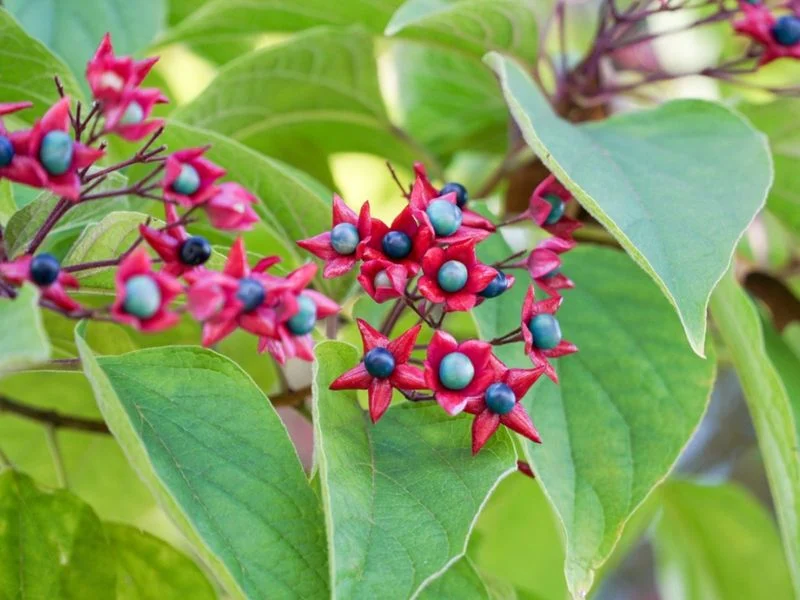
With a name that matches its scent, the Peanut Butter Shrub is an olfactory delight. When the leaves are rubbed, they emit a fragrance unmistakably similar to peanut butter. This shrub is native to the southeastern United States and thrives in well-drained soils. It’s not only the scent that makes this plant special; its bright yellow flowers add a splash of color to any landscape. Perfect for sensory gardens, children often find joy in discovering the unexpected aroma that this shrub offers.
Skunk Cabbage

Found in wetland areas, Skunk Cabbage is known for its strong, skunky odor. This scent is not just for show; it plays a crucial role in pollination by attracting specific insect species. The plant is remarkable for its ability to generate heat, allowing it to bloom even in snow. Native to parts of North America and Asia, Skunk Cabbage is an early harbinger of spring. Its unique scent and thermal properties make it a fascinating plant, although its odor is not for the faint of heart.
Lemon Balm
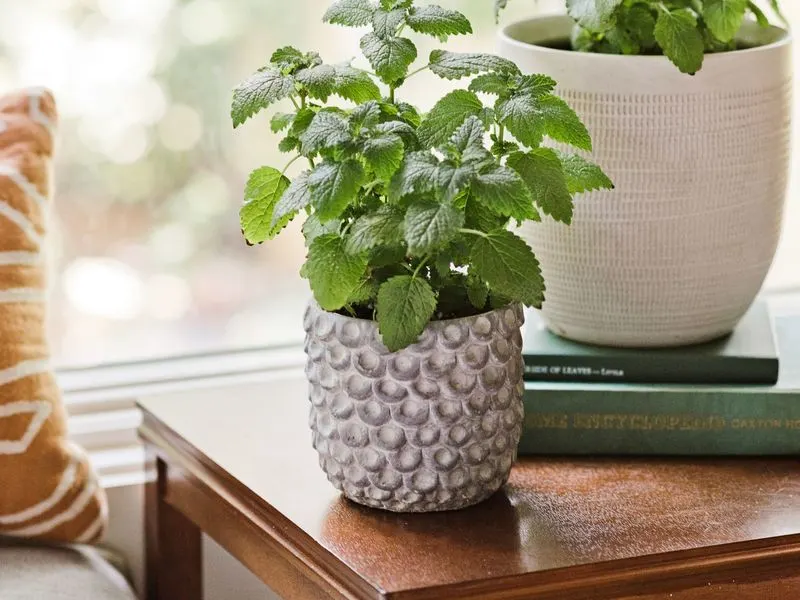
Lemon Balm surprises with its fresh, lemony scent, which is a favorite among herbalists and chefs alike. A member of the mint family, its leaves are often used in teas and culinary dishes. Native to Europe, this herb is easy to grow and spreads rapidly, making it a staple in many gardens. The scent is particularly alluring when the leaves are brushed or crushed, releasing a burst of citrus fragrance. Beyond its aroma, Lemon Balm is praised for its calming properties and versatility in the kitchen.
Bee Balm
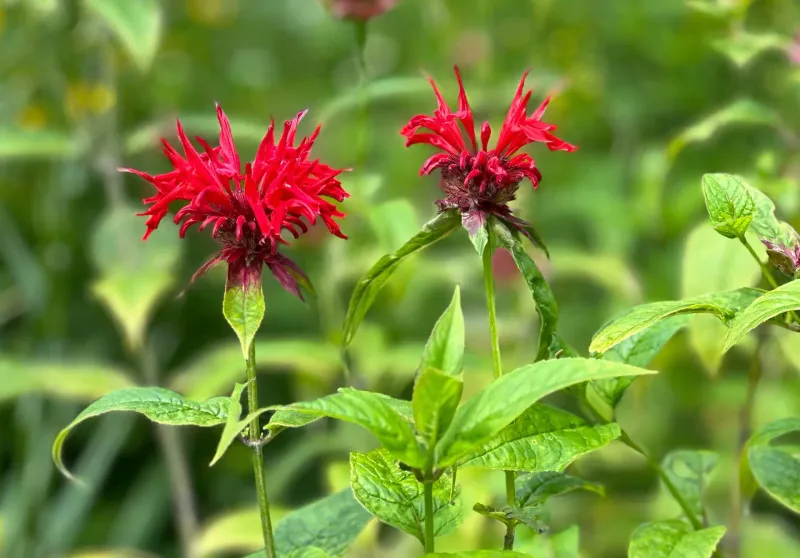
Bee Balm, known for its citrus and spice fragrance, is a favorite among pollinators. This North American native adds vibrant colors to gardens with its showy, tubular flowers. The scent is a complex blend of citrus and spice, making it a unique addition to any floral display. As an added bonus, it attracts bees, butterflies, and hummingbirds, supporting local ecosystems. Its fragrance is best enjoyed on warm, sunny days when the plant releases its full aromatic potential. Bee Balm is both a sensory and visual delight.
Cedarwood

Cedarwood offers a woody, balsamic fragrance that is both calming and grounding. Known for its aromatic wood, this tree is a favorite in aromatherapy and woodworking. Its scent is often used in candles, essential oils, and perfumes, offering a sense of serenity and natural warmth. Found in forests around the world, cedarwood trees are majestic, symbolizing longevity and resilience. The scent can transform spaces into tranquil retreats, providing a perfect escape from the hustle of everyday life. It’s a scent that lingers, evoking memories of nature.
Rafflesia
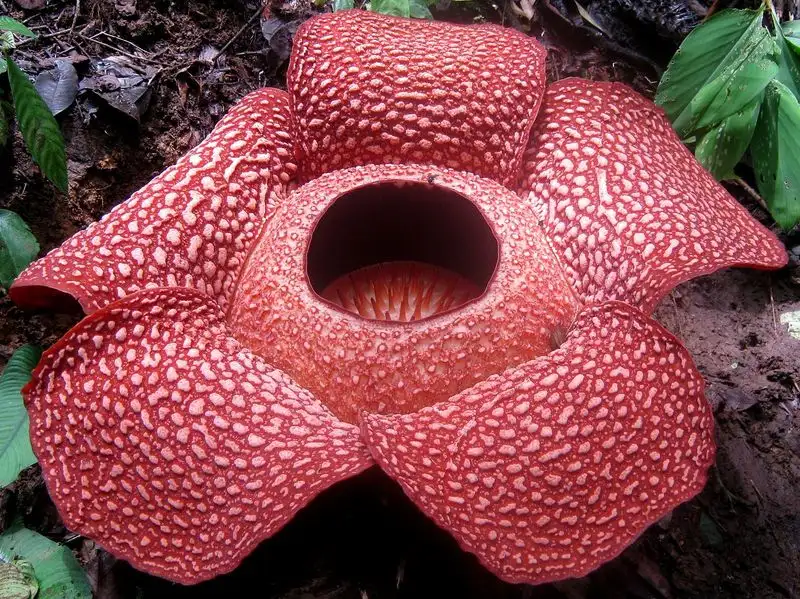
Rafflesia is infamous for its odor akin to decaying meat, designed to attract carrion insects for pollination. This parasitic plant is one of the largest flowers in the world, native to the rainforests of Southeast Asia. Despite its unpleasant smell, it is a marvel of nature, with blooms that can reach up to three feet in diameter. The plant lacks leaves, stems, or roots, making it a unique botanical anomaly. While its scent is not appealing, Rafflesia’s size and rarity captivate botanists and nature enthusiasts alike.
Honeysuckle
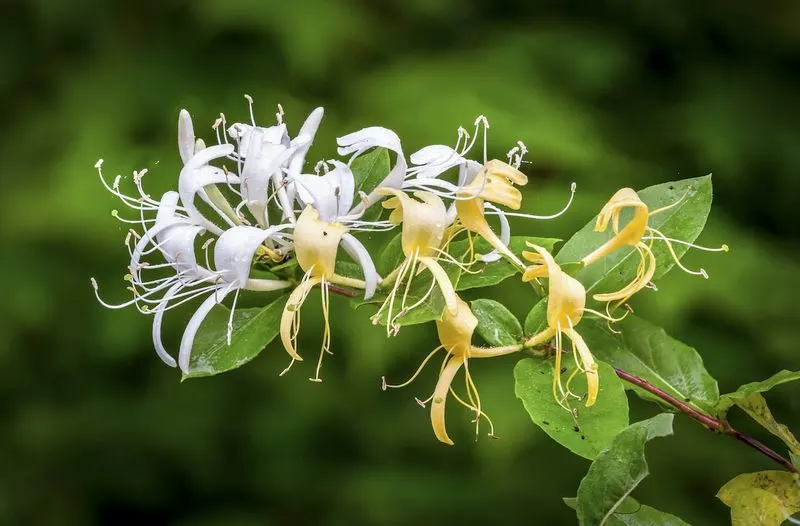
Honeysuckle delights with its sweet, honey-like fragrance that is both inviting and nostalgic. Often found climbing over garden fences and trellises, this plant is a staple for its ornamental and aromatic qualities. The tubular flowers are not only attractive to humans but also to bees, butterflies, and hummingbirds. The scent is strongest in the evenings, creating a magical atmosphere in any garden. Beyond its fragrance, honeysuckle is appreciated for its rapid growth and ability to cover unsightly areas with lush greenery.
Papaya Flowers
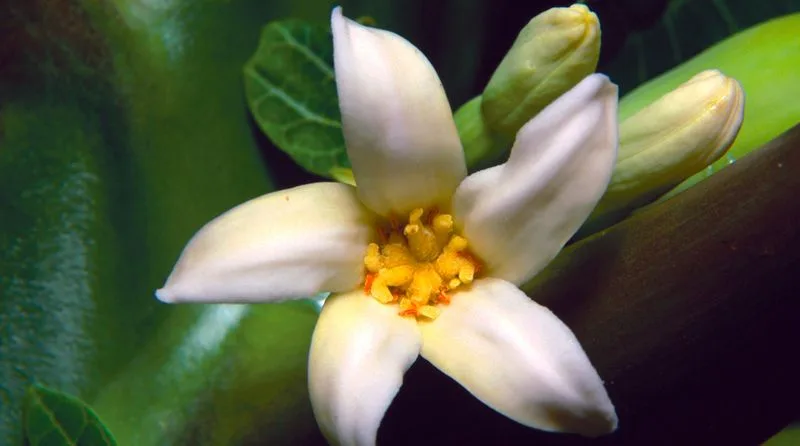
Papaya flowers emit a fragrance reminiscent of sweet, ripe fruit, making them as delightful as the papayas themselves. Native to the tropical regions of the Americas, these flowers are small and often overshadowed by the fruit. However, their scent is surprisingly strong and pleasant. The aroma attracts pollinators, ensuring a bountiful harvest of the delicious fruit. While the flowers are often overlooked, their contribution to the garden’s sensory palette is undeniable. Growing papayas offers both visual and olfactory rewards.
Marigold
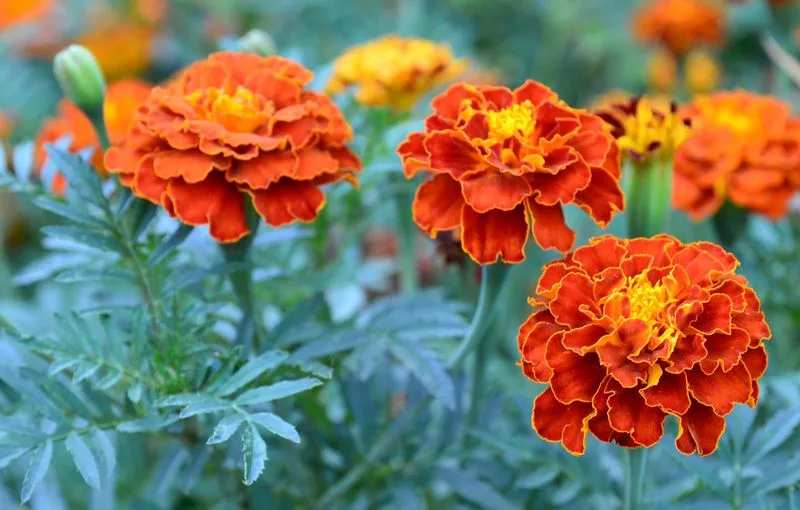
Marigold flowers exude a distinctive spicy, musky scent that sets them apart from other garden blooms. Known for their vibrant colors, they are a favorite in gardens and floral arrangements. The fragrance is strong and unmistakable, often used to deter pests naturally. These hardy plants are easy to grow and thrive in sunny conditions, making them a popular choice for novice gardeners. Besides their scent, marigolds are celebrated for their beauty and usefulness in companion planting, offering protection to other plants.
Angel’s Trumpet

Angel’s Trumpet captivates with its intoxicating, sweet fragrance that becomes more pronounced after dusk. These striking flowers, native to South America, hang dramatically from trees, creating a stunning visual display. The scent is alluring yet potentially dangerous, as all parts of the plant are toxic if ingested. Despite this, many gardeners are drawn to its beauty and aroma. Its evening scent adds an element of mystery and romance to gardens, best enjoyed from a safe distance. Angel’s Trumpet is a plant that intrigues and enchants.

